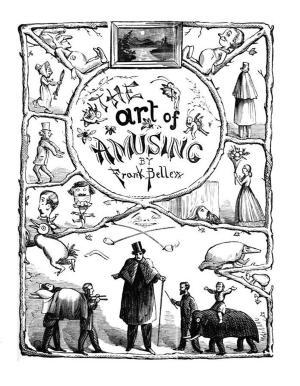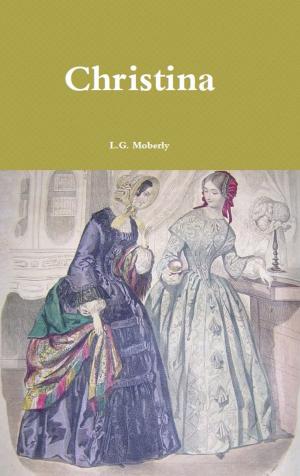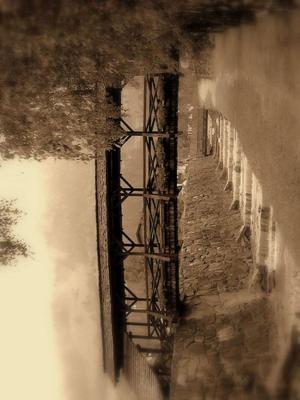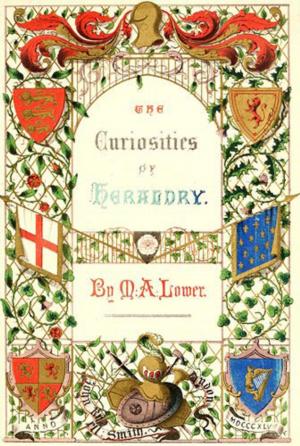| Author: | Oscar Wilde | ISBN: | 1230000031441 |
| Publisher: | AP Publishing House | Publication: | November 19, 2012 |
| Imprint: | Language: | English |
| Author: | Oscar Wilde |
| ISBN: | 1230000031441 |
| Publisher: | AP Publishing House |
| Publication: | November 19, 2012 |
| Imprint: | |
| Language: | English |
The first version of The Picture of Dorian Gray was published as the lead story in the July 1890 edition of Lippincott's Monthly Magazine, along with five others. The story begins with a man painting a picture of Gray. When Gray, who has a "face like ivory and rose leaves" sees his finished portrait he breaks down, distraught that his beauty will fade, but the portrait stay beautiful, inadvertently making a faustian bargain. For Wilde, the purpose of art would guide life if beauty alone were its object. Thus Gray's portrait allows him to escape the corporeal ravages of his hedonism, (and Miss Prism mistakes a baby for a book in The Importance of Being Earnest), Wilde sought to juxtapose the beauty he saw in art onto daily life.
Reviewers immediately criticised the novel's decadence and homosexual allusion, one in the The Daily Chronicle for example, called it “unclean,” “poisonous,” and “heavy with the mephitic odours of moral and spiritual putrefaction.” Wilde vigorously responded, writing to the Editor of the Scots Observer, he clarified his stance on ethicsr and aesthetics in art "If a work of art is rich and vital and complete, those who have artistic instincts will see its beauty and those to whom ethics appeal more strongly will see its moral lesson." He nevertheless revised it extensively for book publication in 1891: six new chapters were added, some overt decadence passages and homo-eroticism excised, and a preface consisting of twenty two epigrams, such as "Books are well written, or badly written. That is all. " was included. Contemporary reviewers and modern critics have postulated numerous possible sources of the story, a search Jershua McCormack argues is futile because Wilde "has tapped a root of Western folklore so deep and ubiquitous that the story has escaped its origins and returned to the oral tradition." Wilde claimed the plot was "an idea that is as old as the history of literature but to which I have given a new form". Modern critics have considered the novel to be technically mediocre: the conceit of the plot has guaranteed its fame, but the device is never pushed to its full.
The first version of The Picture of Dorian Gray was published as the lead story in the July 1890 edition of Lippincott's Monthly Magazine, along with five others. The story begins with a man painting a picture of Gray. When Gray, who has a "face like ivory and rose leaves" sees his finished portrait he breaks down, distraught that his beauty will fade, but the portrait stay beautiful, inadvertently making a faustian bargain. For Wilde, the purpose of art would guide life if beauty alone were its object. Thus Gray's portrait allows him to escape the corporeal ravages of his hedonism, (and Miss Prism mistakes a baby for a book in The Importance of Being Earnest), Wilde sought to juxtapose the beauty he saw in art onto daily life.
Reviewers immediately criticised the novel's decadence and homosexual allusion, one in the The Daily Chronicle for example, called it “unclean,” “poisonous,” and “heavy with the mephitic odours of moral and spiritual putrefaction.” Wilde vigorously responded, writing to the Editor of the Scots Observer, he clarified his stance on ethicsr and aesthetics in art "If a work of art is rich and vital and complete, those who have artistic instincts will see its beauty and those to whom ethics appeal more strongly will see its moral lesson." He nevertheless revised it extensively for book publication in 1891: six new chapters were added, some overt decadence passages and homo-eroticism excised, and a preface consisting of twenty two epigrams, such as "Books are well written, or badly written. That is all. " was included. Contemporary reviewers and modern critics have postulated numerous possible sources of the story, a search Jershua McCormack argues is futile because Wilde "has tapped a root of Western folklore so deep and ubiquitous that the story has escaped its origins and returned to the oral tradition." Wilde claimed the plot was "an idea that is as old as the history of literature but to which I have given a new form". Modern critics have considered the novel to be technically mediocre: the conceit of the plot has guaranteed its fame, but the device is never pushed to its full.















